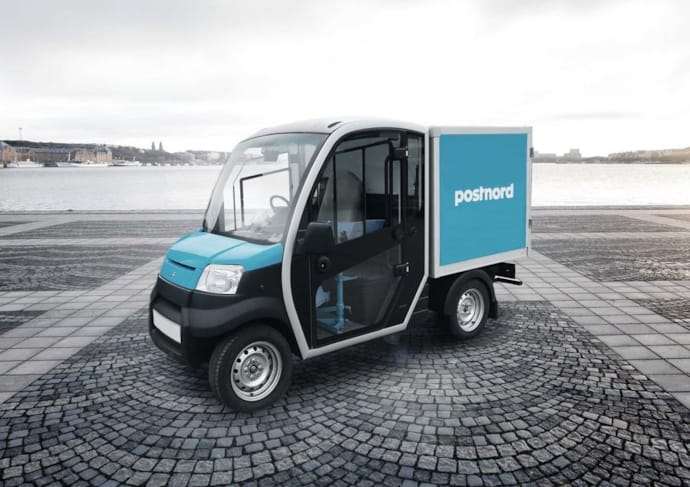PostNord has reduced its carbon footprint by 40 percent
October 22, 2020 at 11:00
During the third quarter of this year, PostNord has reached its goal of reducing the carbon footprint from its operations by 40 percent compared to the 2009 level before the end of 2020. A new goal of being fossil-free by 2030 is now being adopted.

PostNord has reached its goal of reducing its carbon footprint by 40 percent compared to the 2009 level before the end of 2020. The goal, which is absolute, was ambitious for its time when it was set in 2010. Reducing the carbon footprint is a challenge, as volumes have increased as a result of rapid and extensive change, with fewer letters and more transport-intensive parcels. This goal has been achieved through both general efficiency measures and targeted actions such as transitioning to green electricity, efficient use of rail transport, investment in vehicles powered by alternative fuels and gradual transition to biofuels for road transport. Another major contributory factor is a change in legislation that has reduced the need for air transport.
“PostNord has a great responsibility to contribute to sustainable development due to its socially important mission. That’s why we work purposefully to integrate climate issues into our product and service offerings. This has paid off, and we’re proud of what we’ve achieved. Now we’re setting a new and very ambitious goal for 2030,” says President and Group CEO Annemarie Gardshol.
PostNord’s new goal of being fossil-free by 2030 is one that not only includes PostNord’s own vehicles, but also all transport runs carried out by subcontractors on behalf of the Group.
“By setting a clear goal of being fossil-free, with a very ambitious timetable leading up to 2030, PostNord continues to take responsibility for the national and global climate goals,” explains Sofia Leffler Moberg, the Group’s Head of Sustainability. She continues:
“We don’t have a ready-made plan for how to achieve the goal, but we know that both systematic work and innovation will be required. I look forward to innovations in areas ranging from efficient logistics and e-commerce to increased electrification and secure access to biofuels in all our markets. We also know that we won’t be able to meet these challenges on our own.So, in order to achieve our goals, we need to increase our cooperation with suppliers, customers and consumers.”
Images
Last Updated: